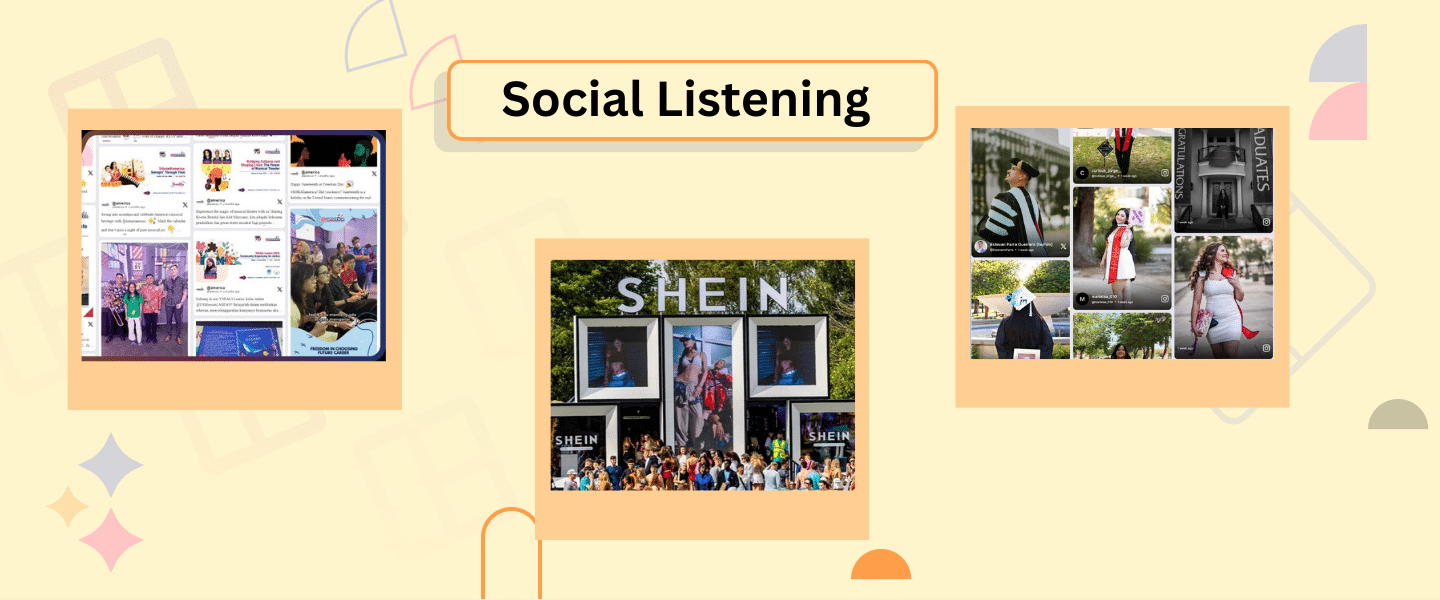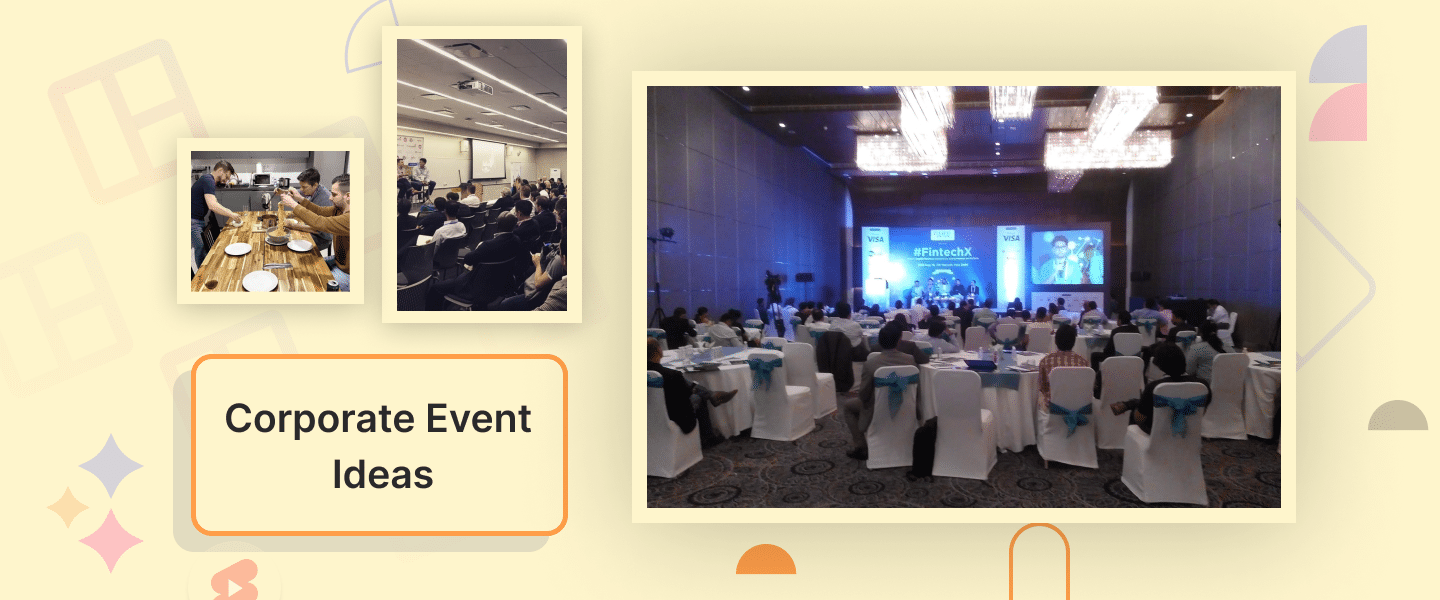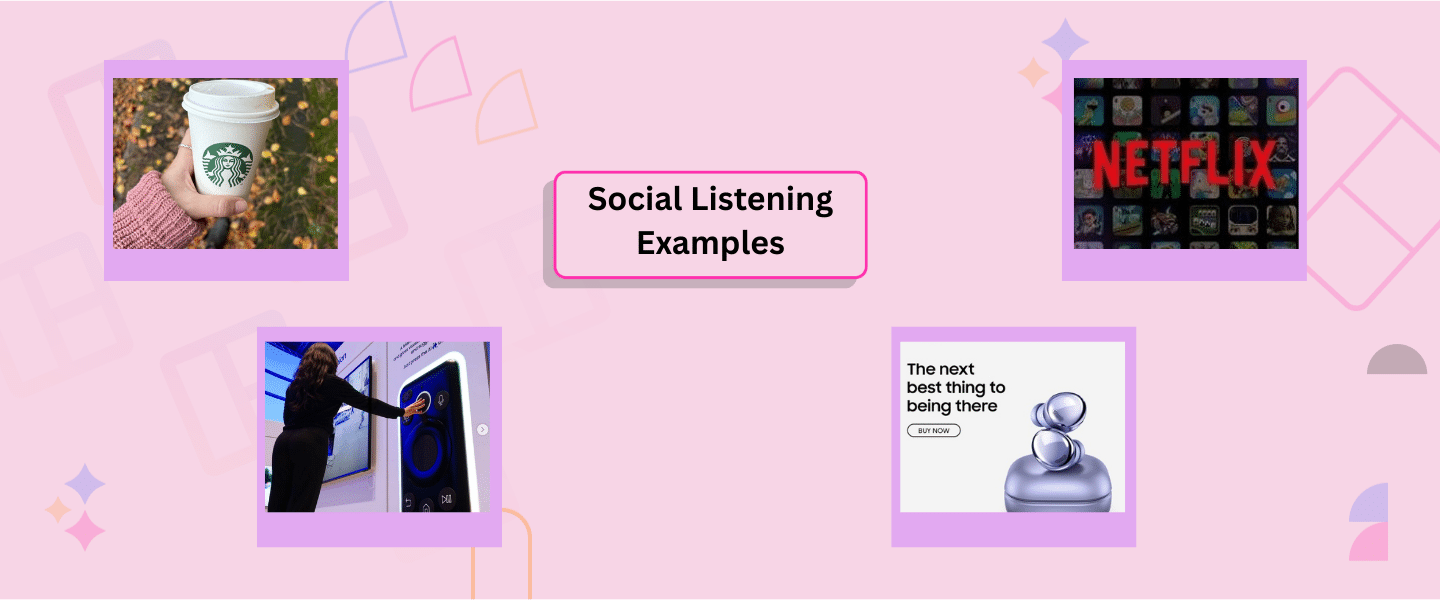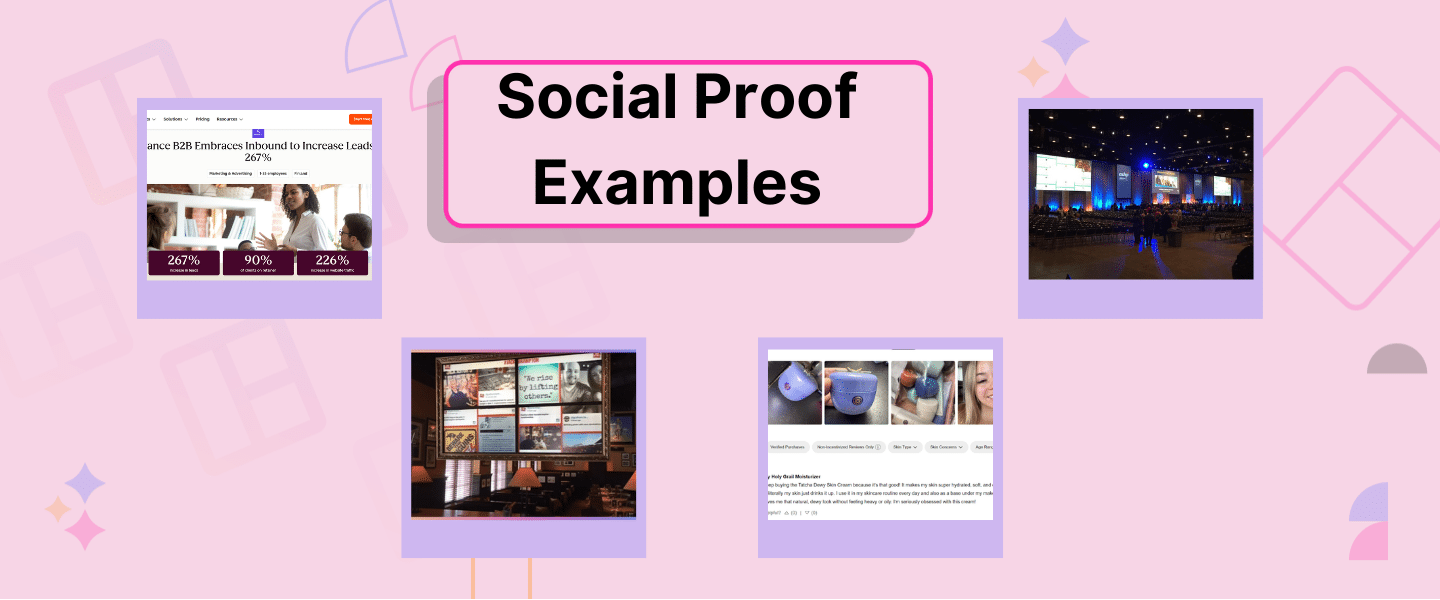Social Listening – Complete Guide on Meaning, Benefits, How It Works, and How to Use It
Author: Dakshit Mathur
7 minute read
Every big cultural moment has a lesson. Remember when a tiny outfit went viral because fans kept posting TikTok reactions faster than the brand could reply? That wasn’t luck. That was people talking, and brands that listened became customer favorites.
Modern marketing lives inside these conversations. With nearly 5.66 billion social users, ignoring what people say is like turning off the lights before reading a map.
In short, listening is no longer optional; it’s survival.
What is Social Listening ?
Social listening is the process of collecting conversations from social platforms, forums, comments, and reviews, and using them to understand what audiences really feel. It goes beyond simple notifications and likes.
Monitoring checks if someone mentioned the brand.
Social listening checks why they said it, what mood they were in, what trend they followed, and what it means for marketing.
A complete social listening setup includes
- Data collection from big networks and smaller communities
- Sentiment analysis to figure out emotion and tone
- Trend detection to understand patterns before they go mainstream
Tools like Social Walls make all this easier by offering analytics that show what content performs best. It also helps understand which keywords, hashtags, and formats push more audience engagement.
Benefits of Social Media Listening
Here are some of the key advantages of Social Media Listening!
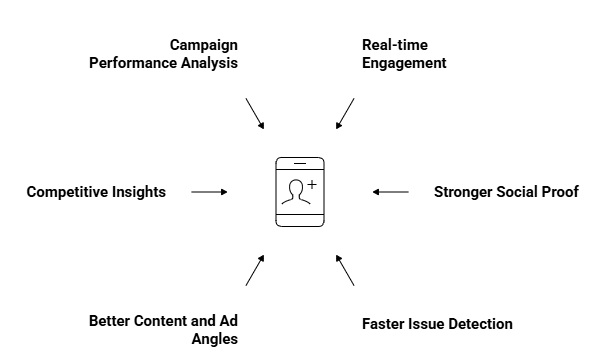
1. Real-time engagement at events and stores
Social listening data makes events feel alive. Brands can detect trending conversations and show the best posts on a live digital wall. Leaderboards and polls increase participation. Guests start posting more because they see their content on screen. Engagement improves in minutes, not weeks.
2. Stronger social proof on websites
Nothing beats real people validating a product. Listening surfaces the most useful UGC and helps filter posts by topics, tones, and product lines. When these appear on PDPs, customers feel safer. This usually lifts click-through and conversions because doubt drops fast.
3. Faster issue detection
Small problems escalate quickly online. Social listening spots negative spikes early. Teams can adjust Social Wall moderation, change filters, or remove problematic posts before they show up on screens. Detect, adjust, calm things down.
4. Better content and ad angles
People reveal the language that convinces them without realising it. Social listening analysis extracts the words users repeat. These lines become scripts, captions, or CTA prompts. It improves ad angles because brands stop guessing and start matching the way customers talk.
5. Competitive and product insights
Listening is also a friendly spy. It uncovers feature requests, complaints, missing experiences, and general gaps in competitor offerings. SOV trends help show if a campaign is working or fading. For hashtag events, social listening helps track volumes, spikes, and the sentiment attached.
6. Campaign performance and hashtag analysis
For branded hashtags, listening shows which clusters of posts drive energy. The Social Wall helps boost the best posts on screen. When campaigns run at scale, the insights show what to repeat and what to avoid next time.
Here’s a quick look at how a well-executed Social Wall powered by social listening can elevate any live event.

DCD needed a way to boost engagement at its live conference and show real social activity. A Social Wall solved it by collecting posts, moderating them automatically, and displaying UGC in real time, pushing attendees to participate more.
Use Social Walls to track conversations in real time and understand sentiment before it becomes a trend
 No Credit Card Required
No Credit Card RequiredHow to Create a Social Listening Strategy
Want to create a perfect Social Listening strategy? Here’s what you need to do:

Step 1: Set clear goals
Start by choosing what the listening setup must achieve. Customer support? Product research? Event engagement? Website social proof? These goals define the data type needed. If the goal is better UGC at events, then the focus shifts to hashtags, branded keywords, and live tracking.
Step 2: Pick the right social listening tools
The tool should collect data from multiple networks, not just the big ones. Look for sentiment tagging, real-time dashboards, keyword grouping, and an easy way to display posts.
For events or retail stores, Social Walls work well because they pull everything into a live layout.
Step 3: Set up your queries for live display needs
Queries decide what data enters your listening pool. Use brand names, campaign keywords, industry phrases, and product-related terms. For events, include hashtags used by visitors. This makes the live display richer. A good setup prevents irrelevant posts and keeps the Social Wall clean.
Step 4: Analyze the data
This is where social listening analysis takes shape. Look for repeating words, rising sentiment, questions people ask, jokes they make, and complaints that appear often. The analytics dashboard inside tools such as Social Walls helps visualize engagement patterns. That tells which content style gets more attention.
Step 5: Measure and optimize
After insights are used in campaigns, track what changed.
- Did the Social Wall boost participation?
- Did the new copy improve CTR? Did sentiment swing positive?
Optimization keeps listening to useful. Trends shift fast, and the system must evolve with them.
Turn reactions, reviews, and hashtags into meaningful insights with Social Walls
 No Credit Card Required
No Credit Card RequiredSocial Listening Examples: How Brands Use Social Listening in Action
Here are a few interesting examples of when social listening amplified event engagements.
Example 1: SHEIN at Creamfields
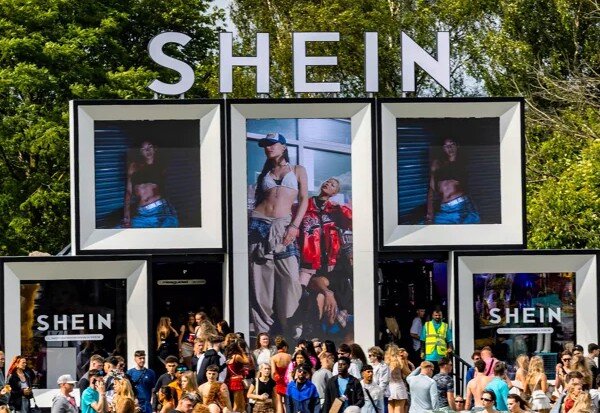
During the Creamfields music festival, SHEIN used Social Walls to pull in live user-generated content around their branded hashtag. Through social listening, they detected trending themes, curated top posts, and amplified them on-screen, generating over 2,500+ UGC posts and 3.5× more social buzz.
Why it matters for listening: By tracking sentiment and volume of posts in real time, SHEIN understood what festival-goers loved (style, energy, shared moments) and used that to fuel both on-the-ground display and post-event engagement.
Example 2: Fresno State University
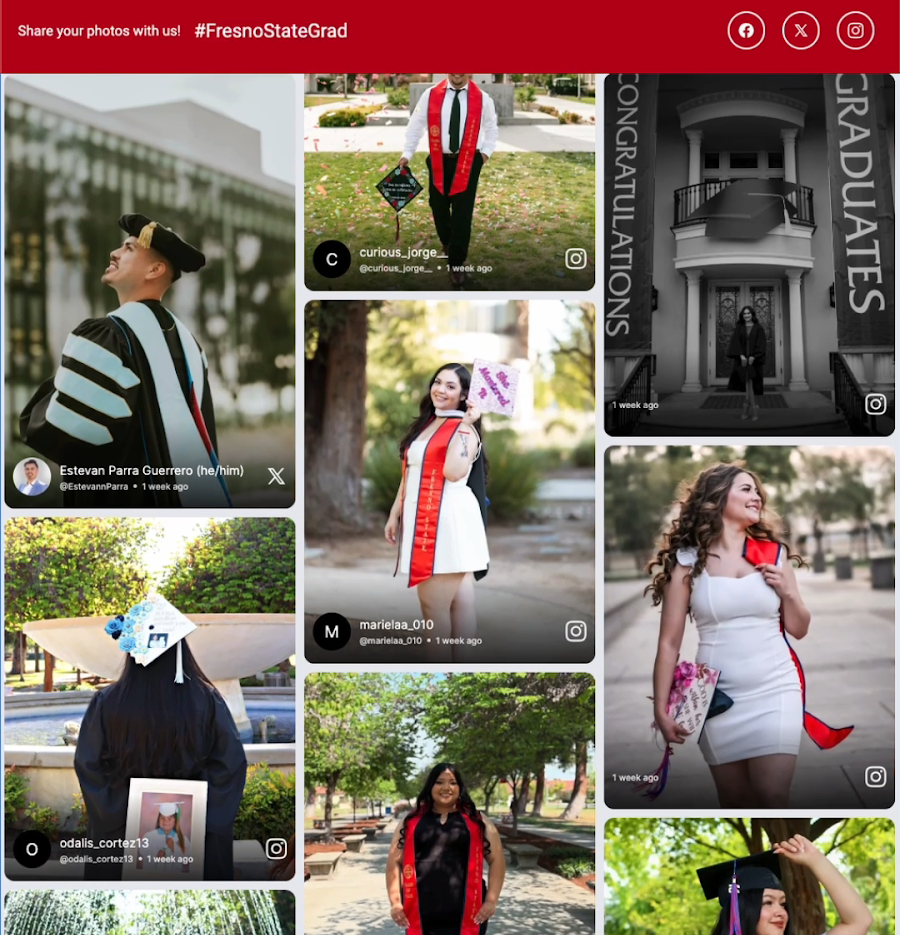
Fresno State discovered through social listening that a treasure trove of content already lived in its student community, photos, posts, and stories shared by students across platforms.
They channelled this into a Social Wall during campus tours, orientation days, and public events, giving prospective students a window into real student life. This initiative led to a 2X increase in student content engagement and a 67% boost in positive sentiment around the university’s culture and community.
Why it matters for listening: By listening actively, they surface authentic student voice, increasing trust, building “social proof” for admissions, and boosting confidence in campus life.
Example 3: @America (AT America)
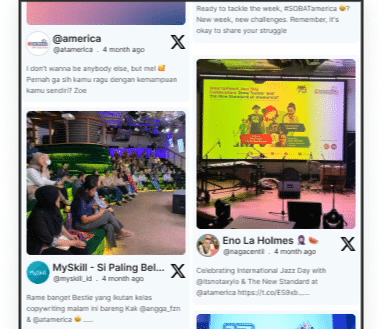
@America used Social Walls at its events to stream social mentions and posts in real time, converting general chatter into on-screen engagement. Through social listening, the team identified the most popular user content and sentiment trends, then filtered and displayed these in custom social wall layouts that boosted participation.
With almost 3000 Tweets collected from Twitter, including hashtags and the handle of @America, they increased their engagement by a whopping 60%.
Why it matters for listening: The act of listening lets them understand which posts resonated most (by emotion, hashtag, or format), and then highlights those live. That drove more posts, more excitement, and a stronger sense of community during the activation.
Start listening to what your audience already shares and bring those voices to screens using Social Walls
 No Credit Card Required
No Credit Card RequiredParting Words: Ready to Actually Listen Now?
Consumers speak every second, and their conversations shape culture faster than any research report. Brands that listen understand moods, expectations, and frustrations before they become trends.
With the right setup, social listening becomes the engine that powers better content, smarter displays, and more confident decisions across the entire journey. If you are ready to leverage social listening to the fullest, Social Walls is the perfect tool for you.
Frequently Asked Questions
-
How do you know which social media to start with when it comes to social listening
Choose the platform where your audience talks the most. Start with the highest volume source. Add others once the first setup becomes stable.
-
How can social media listening increase social proof?
Listening identifies UGC that feels trustworthy. Using this content on sites or displays reduces doubt and makes people feel safer while buying.
-
What do you mean by social listening ?
It is the practice of collecting online conversations, studying their tone, and using the insight to make better marketing and product decisions.
-
Why is social listening important?
It helps brands understand real customer feelings, predict shifts in behavior, react fast, and reduce risks from issues that grow online.
-
How to measure social listening ROI ?
Measure improvements in sentiment, engagement, conversions, UGC quality, and response times. If these numbers rise, the listening system is working.

